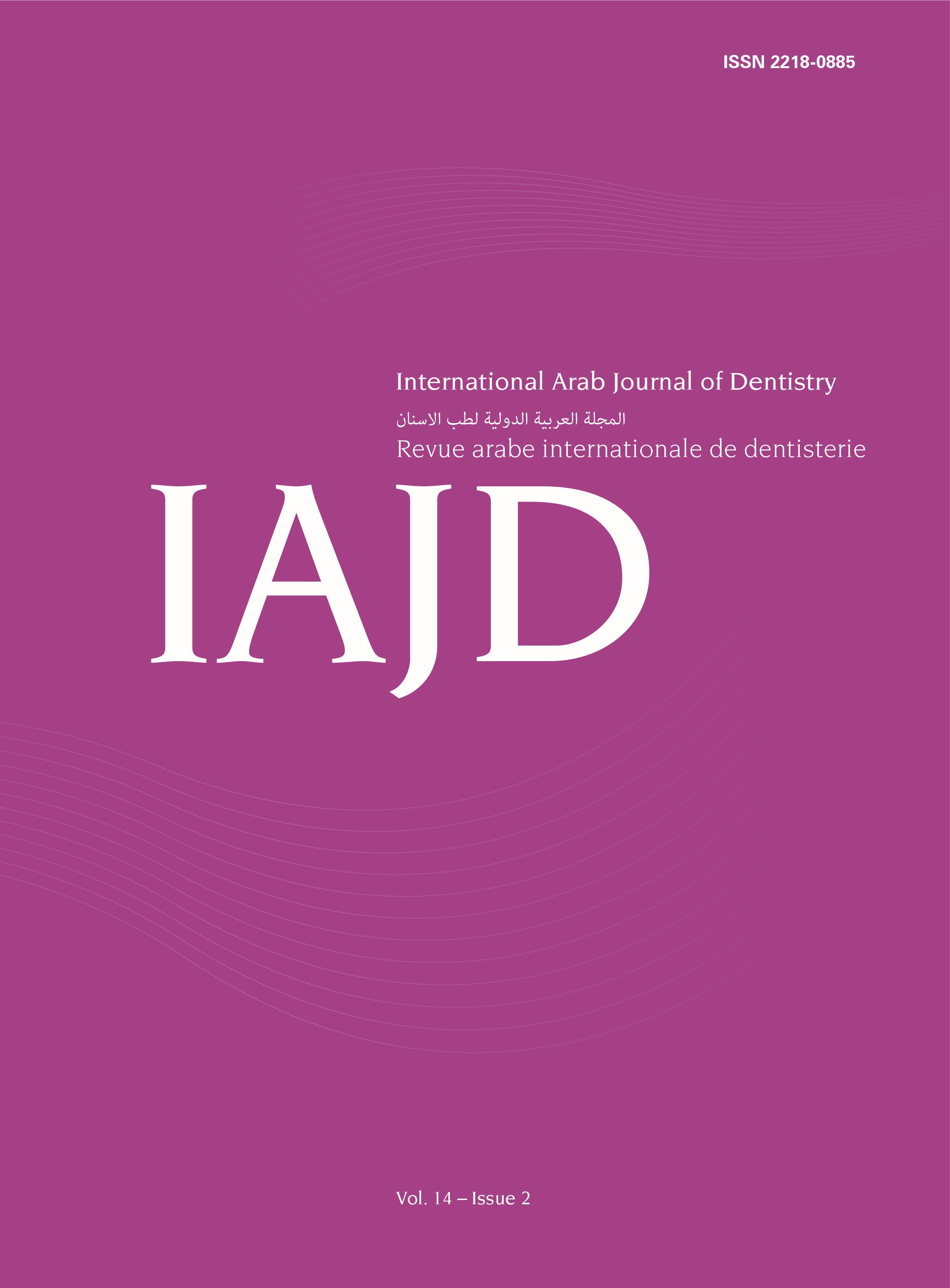Abstract
Meyer’s proposed chew-in technique also called functionally generated path (FGP) technique, is indicated for the restoration of an edentulous arch that is opposed by natural teeth as it does seem to provide the most accurate method of recording occlusal patterns, also help to minimize the effects of negative factors, and to overcome the deficiencies of articulators. As stated by Rudd and Morrow, this technique is especially suitable for tooth-supported complete dentures, due to inherent stability of tooth-supported record bases helps in recording jaw relationships accurately. Whenever a single complete denture is opposed by natural dentition, problems observed are abrasion of the artificial acrylic resin teeth and frequent fractures of resin denture base due to occlusal stresses. Hence this case report describes the single complete tooth supported overdenture with a metal-based denture and metal occlusal surfaces against unmodified natural dentition which has shown to achieve a good denture stability with occlusal harmony, and patient satisfaction.

